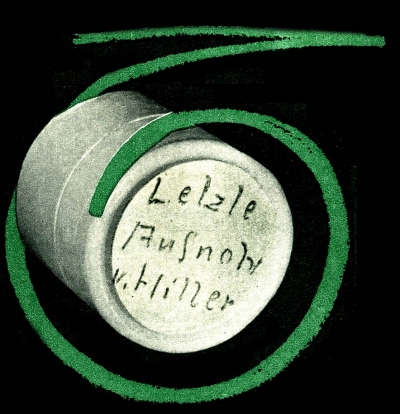The Federal Theater Project (FTP) was a division of President
Roosevelt’s Works Project Administration (WPA). The WPA was organized in order to dream up jobs for the many unemployed Americans during the Great Depression. They employed manual laborers with the Civilian Conservation Corps, musicians with the Federal Music Project and historians with the Federal Records Survey – to name only a few of the agencies within the WPA. The Federal Theater Project was intended to hire the nation’s actors, costumers,directors and stagehands:
At its peak in 1936, FTP employed 12,500 people…it had puppet shows, vaudeville units, circuses and stock companies traveling through every state.










